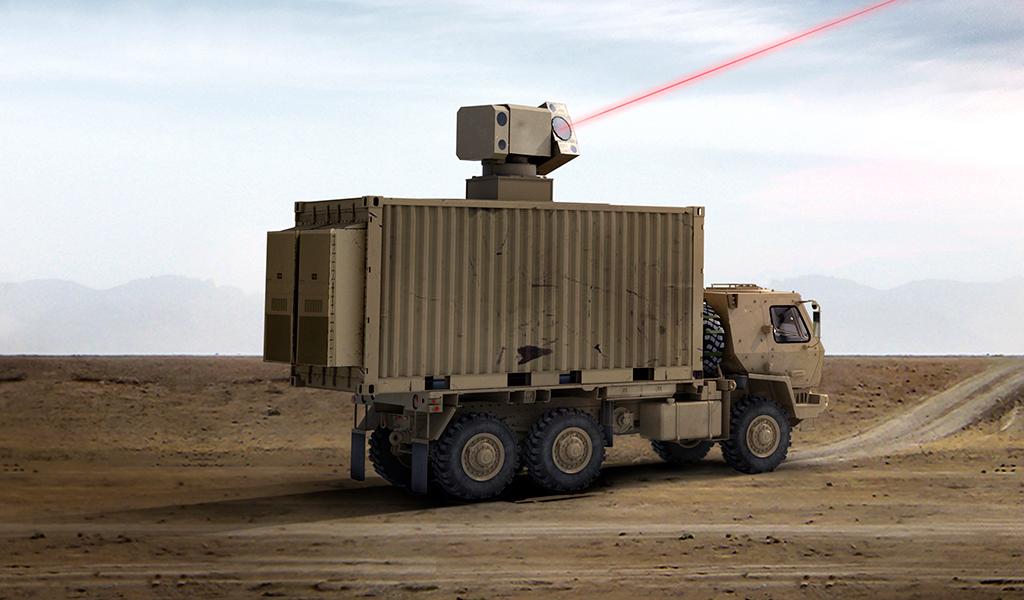
General Atomics-Electromagnetic Systems (GA-EMS) and Boeing have teamed up to join an increasingly heated competition for high energy laser (HEL) weapons, the companies announced Oct. 13.
The new partnership is targeting HEL systems in a class between 100 kW to 250 kW, which encompasses a range of applications for defense against aircraft and missiles.
The team combines Boeing’s expertise in beam directing and tracking and pointing software with GA-EMS’ technology, which includes distributed gain lasers, powerful lithium-ion batteries and integrated thermal management.
“We look forward to working with Boeing to deliver a laser weapon system with capabilities designed to meet current operational requirements, while providing the flexibility and adaptability to suit emerging platform requirements,” GA-EMS president Scott Forney said.
The Defense Department awarded GA-EMS a $47 million contract to develop a distributed gain laser with at least 150 kW of power output under the Higher Energy Laser Scaling Initiative (HELSI).
The HELSI also supports a new spectral beam fiber laser in development by Lockheed Martin and a coherent beam combined laser pursued by nLight/Phototonics. Meanwhile, Lawrence Livermore National Laboratory is seeking support for a diode-pumped alkali laser.
Meanwhile, the Army, Navy and Air Force are seeking to field HELs with output power levels between 60-100 kW by the end of next year. Lockheed has set a goal to field a podded defensive laser with less than 100 kW of output power on a fighter-size aircraft by 2025.
GA-EMS previously distributed a liquid flow, 150 kW-class claser in the High Energy Laser Liquid Laser Demonstration System.

